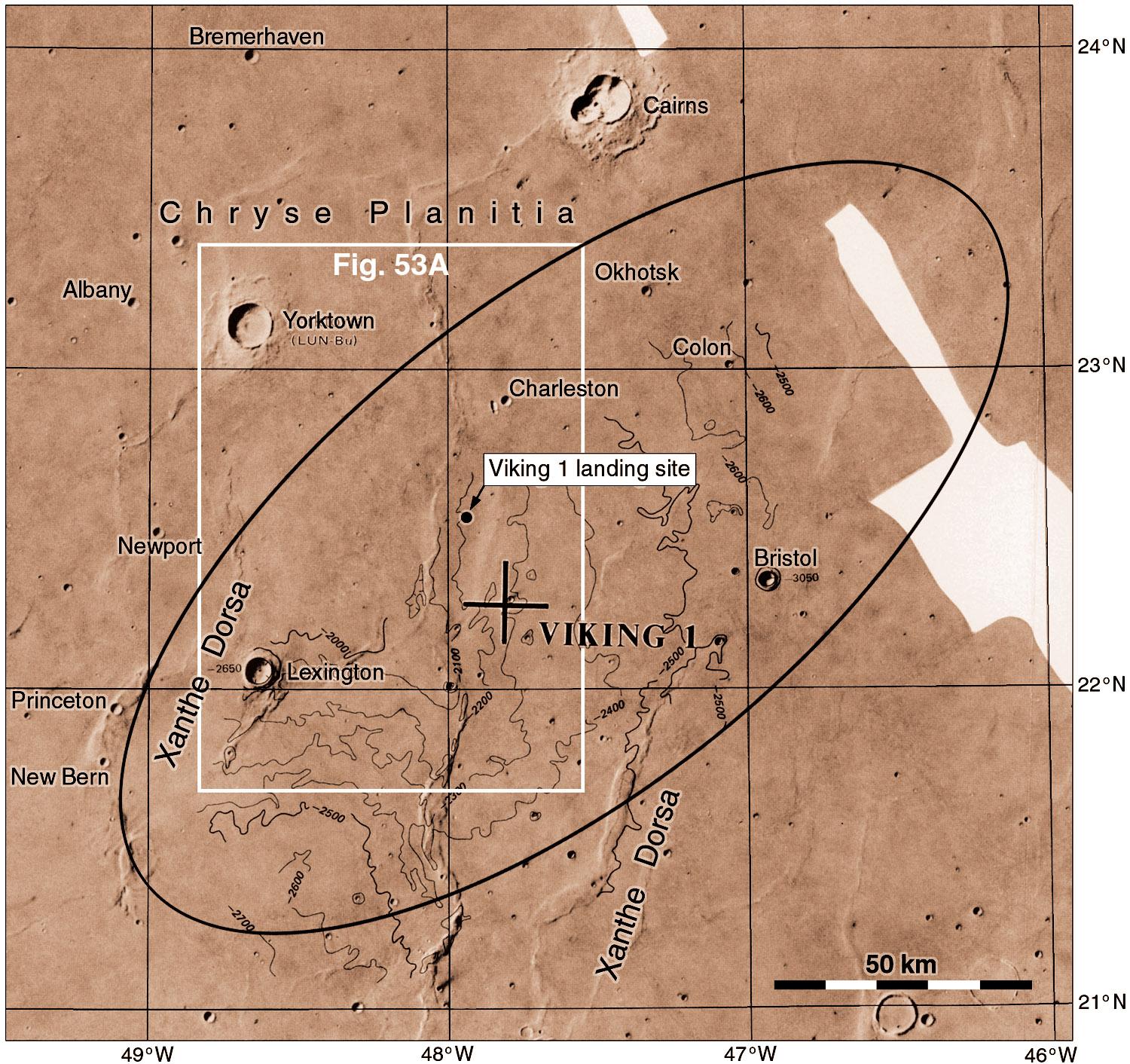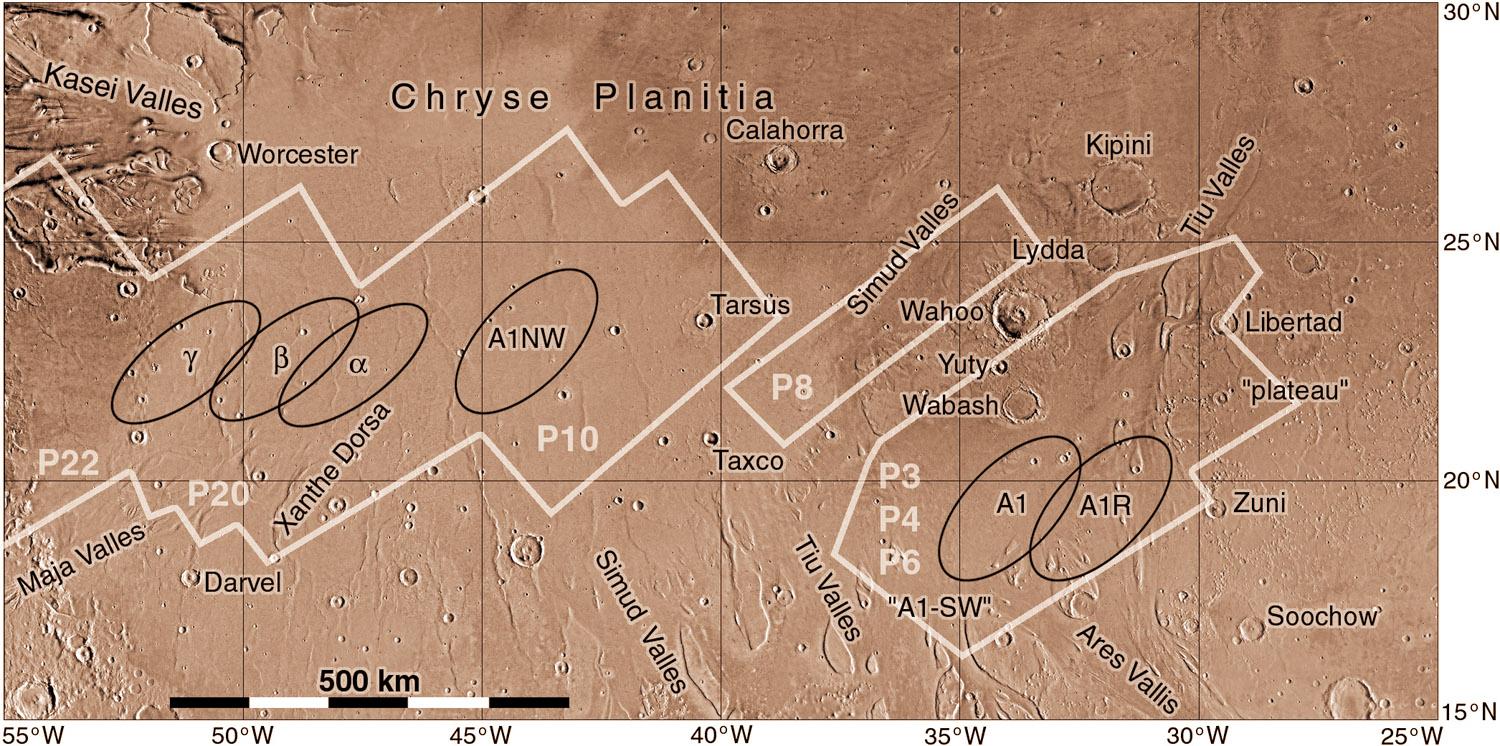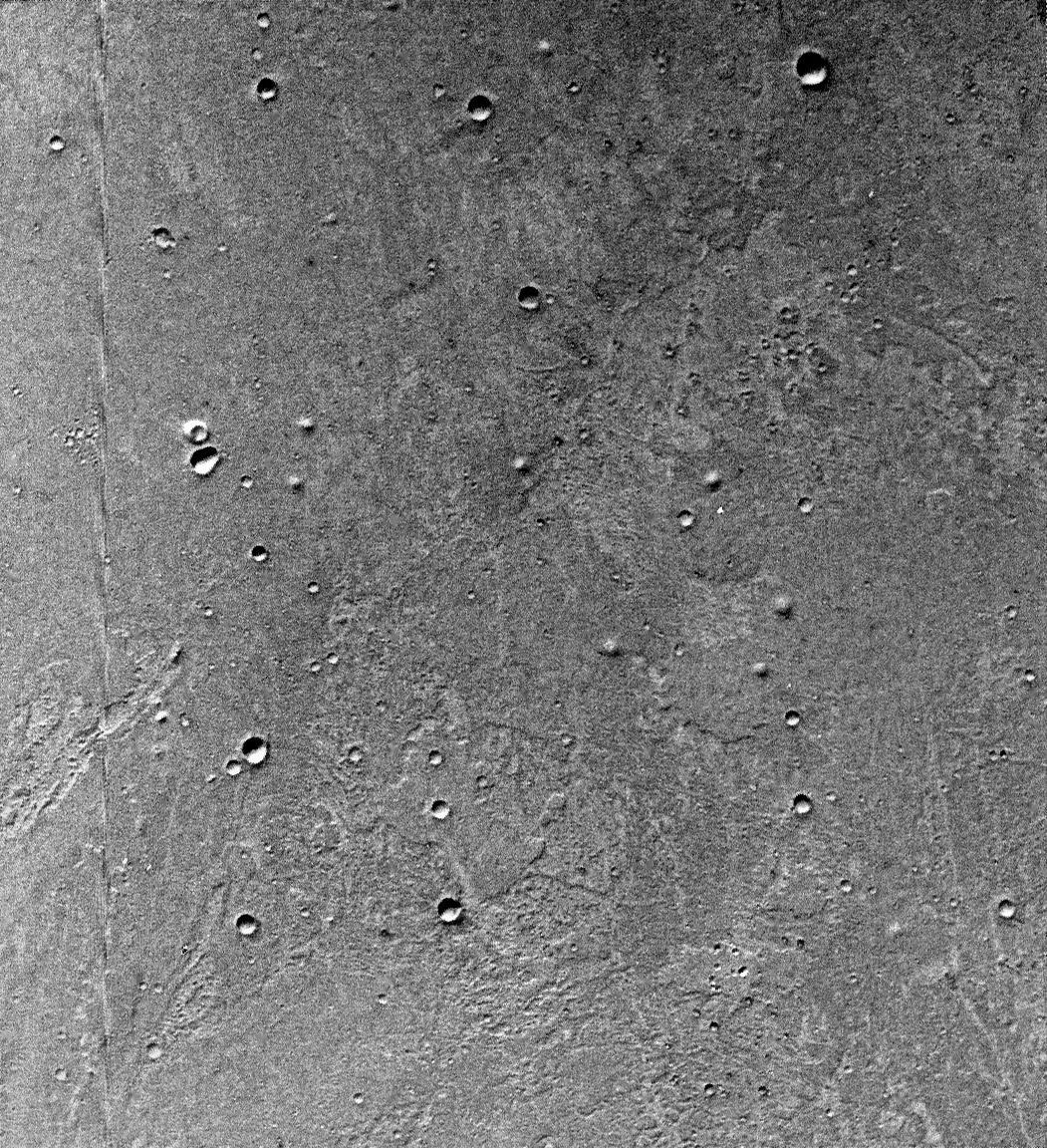Stratigraphic Evidence of Backwater Morphodynamics and Lowland River Deltas in the Northern Hemisphere of Mars: https://agupubs.onlinelibrary.wiley.com/doi/10.1029/2024GL112957 -> Did #Mars Once Have an Ocean? New Research Suggests Yes: https://news.uark.edu/articles/80081/did-mars-once-have-an-ocean-new-research-suggests-yes
Stratigraphic Evidence of Backwater Morphodynamics and Lowland River Deltas in the Northern Hemisphere of Mars: https://agupubs.onlinelibrary.wiley.com/doi/10.1029/2024GL112957 -> Did #Mars Once Have an Ocean? New Research Suggests Yes: https://news.uark.edu/articles/80081/did-mars-once-have-an-ocean-new-research-suggests-yes
Mars fascine...
Planète rouge, planète B, colonisation, terraformation… autant de rêves et de prophéties qui circulent depuis un siècle.
Mais que dit vraiment la science ?
Imaginons : 1 000 travailleurs sur Mars. Puis 100 000 habitants.
Et pourquoi pas 1 million de colons d’ici 2050 ?
Des scénarios qui font rêver certains… mais qui soulèvent aussi d’immenses défis.
Atmosphère ténue, radiations mortelles, isolement extrême : Mars n’est pas une Terre bis.
Même les scénarios les plus modestes impliquent des vies confinées, dans des « bidons » étanches.
Alors, entre ressources minières hypothétiques, ambitions politiques, illusions de terraformation et contraintes médicales…
Peut-on vraiment parler d’avenir martien, ou seulement d’un mirage ?
Avec Michel Viso, notre nouvelle vidéo #astrobioeducation, explore, avec rigueur et esprit critique, ce que l’exploration martienne signifie réellement pour l’humanité.
« La Terre reste notre seul véritable vaisseau spatial. »
À découvrir ici : https://www.youtube.com/watch?v=UvlcbJPW9iM
Time for a new thread. I have been wanting to look at something very different which would not normally be associated with me... but it will take some setting up, so it will come later. For now, I want to look at the amazing Viking Lander missions. After Apollo, Viking was the next giant leap. Flyby and orbiter missions are fine but a landing on another world is something special, and I still take joy in seeing a new landscape for the first time. So here we go...
#mars #viking
We are pretty good at landing on Mars now, but there was no guarantee that Viking 1 would be lucky. Carl Sagan said (as the spacecraft was approaching Mars) "We are fantastically ignorant of factors that could be fatal to a successful landing." Even with the Viking Orbiter images this was true. At 40 m/pixel not a single boulder could be seen in any image. And yet... they succeeded. Tim Mutch (Brown University) was the leader of the imaging team...
#mars #viking
This is the final ellipse plotted on a USGS map. The large cross shows the post-mission estimate of the landing location. The actual site was found later (by Tim Parker of JPL) in better Viking images late in the mission, then seen clearly in HiRISE images. I was looking too, following advice from Merton Davies of RAND, but he and I were both wrong. Now it's time to get down on the ground.
#mars #viking
The Viking 1 orbiter was put to work imaging across Chryse looking for a smoother site. Earth-based radar suggested smoother surfaces to the northwest. This map shows imaged areas (white outlines, labelled with the orbit number, P = periapsis) and some candidate ellipses. Eventually the Beta ellipse was chosen for Viking 1. This comes from the minutes of the site selection group meetings.
#mars #viking
Incidentally... if you want to spend the rest of your life browsing though zillions of Mars images, go here:
Choose a mission. You get a map which you can zoom into. An arrow tool lets you select images at any point for that mission. It takes a bit of effort to get into it, several choices to make, but there is a lot to see. Themis Visible, HiRISE and CTX are particularly good.
So Mariner 9 data produced four sites, prime and backup for each lander. But Viking had much better cameras and would have to certify them as safe. The very first pictures of the A1 site were fascinating... much too fascinating to be confident about landing. Here is Viking Orbiter 1 image 006A33 (the 33rd image taken by Viking Orbiter 1 on orbit 006) in the A1 ellipse. The resolution is 41m/pixel. Mariner 9's was 1 km/pixel for most areas, this looked featureless.
#mars #viking


